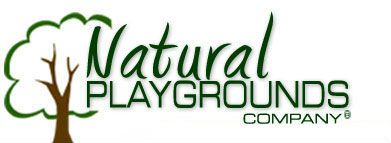When we lecture about or discuss Natural Playgrounds, the one question we always get? "What about maintenance?" - asked in a challenging manner, and as though nothing else requires it....
...and as though that question should stop us in our tracks, make us reconsider this foolish idea of bringing nature closer to children so they'll get healthier, be more well- adjusted, be happier, be able to learn more, be good stewards of the earth.
I don't know if people asking really want to know the answer, so they can plan long range, or if they're looking for ways to derail others from pursuing this "foolishness."
"What's the difference?" I want to say. "If you think it's best for your children, as all the research suggests, then it doesn't matter, does it? Because if it’s that important (and it is!), you'll find a way to take care of it!"
Instead we patiently explain that Natural Playgrounds are living, breathing things. They're natural environments, and like your garden at home, they need looking after.

